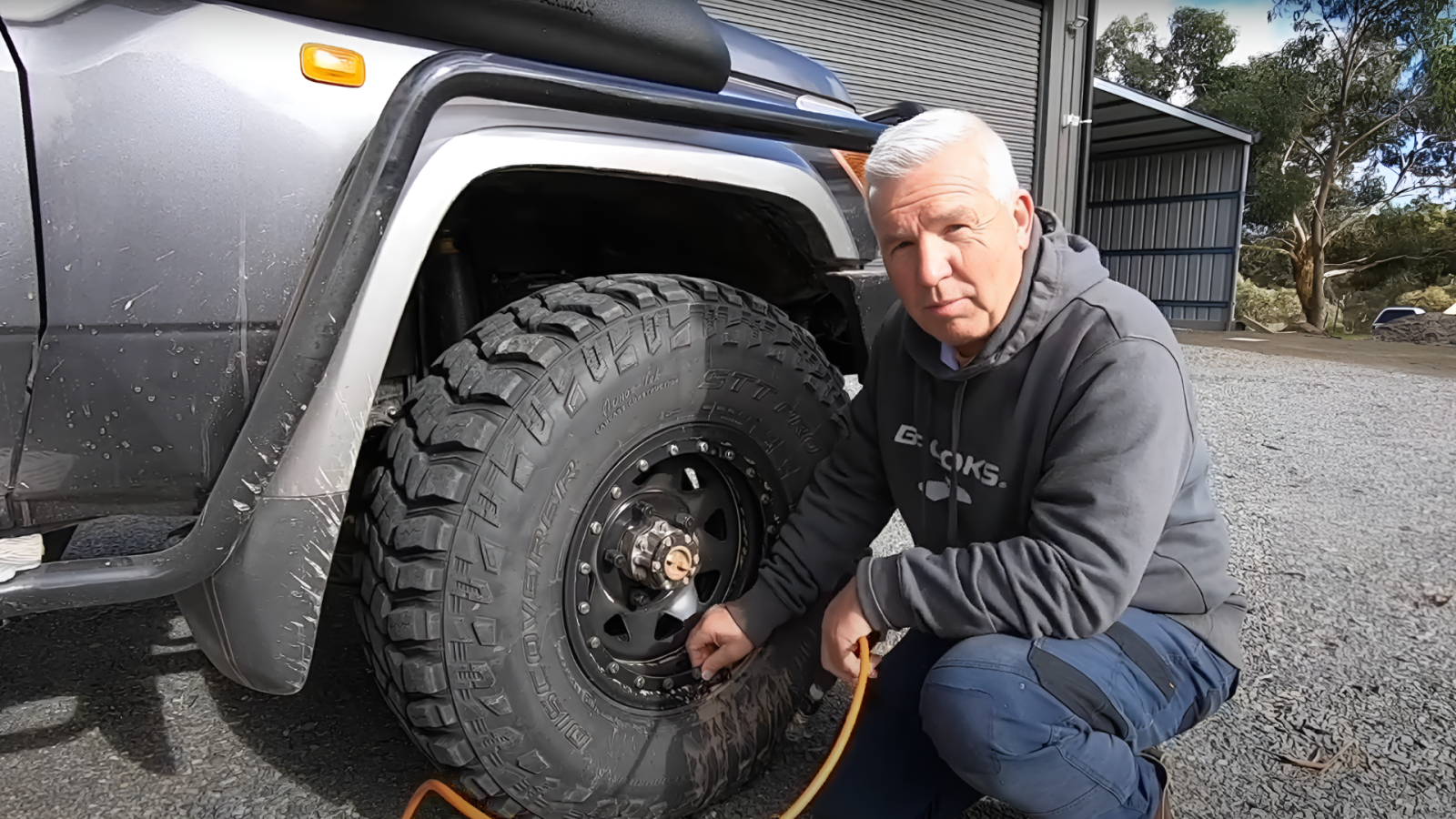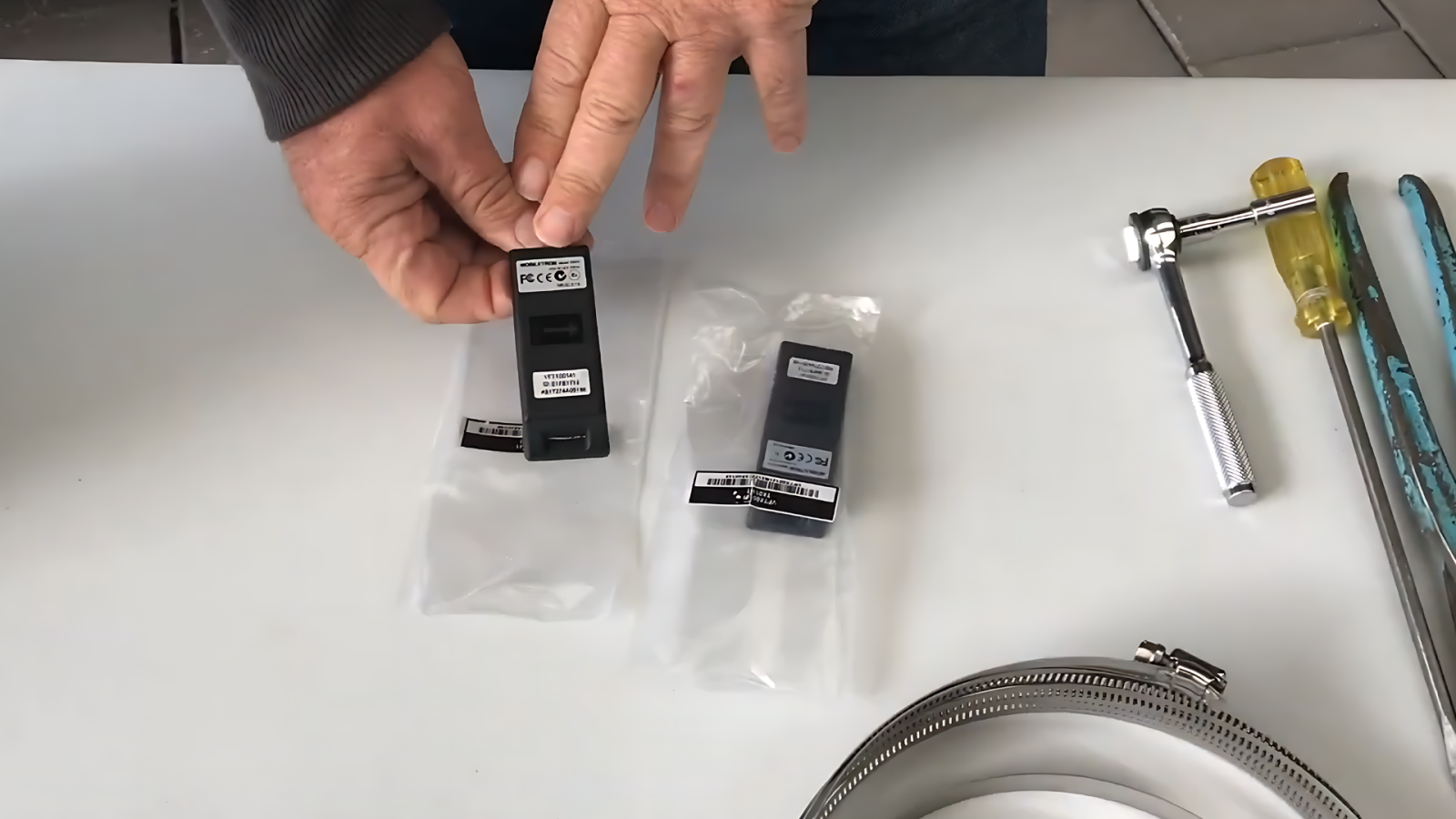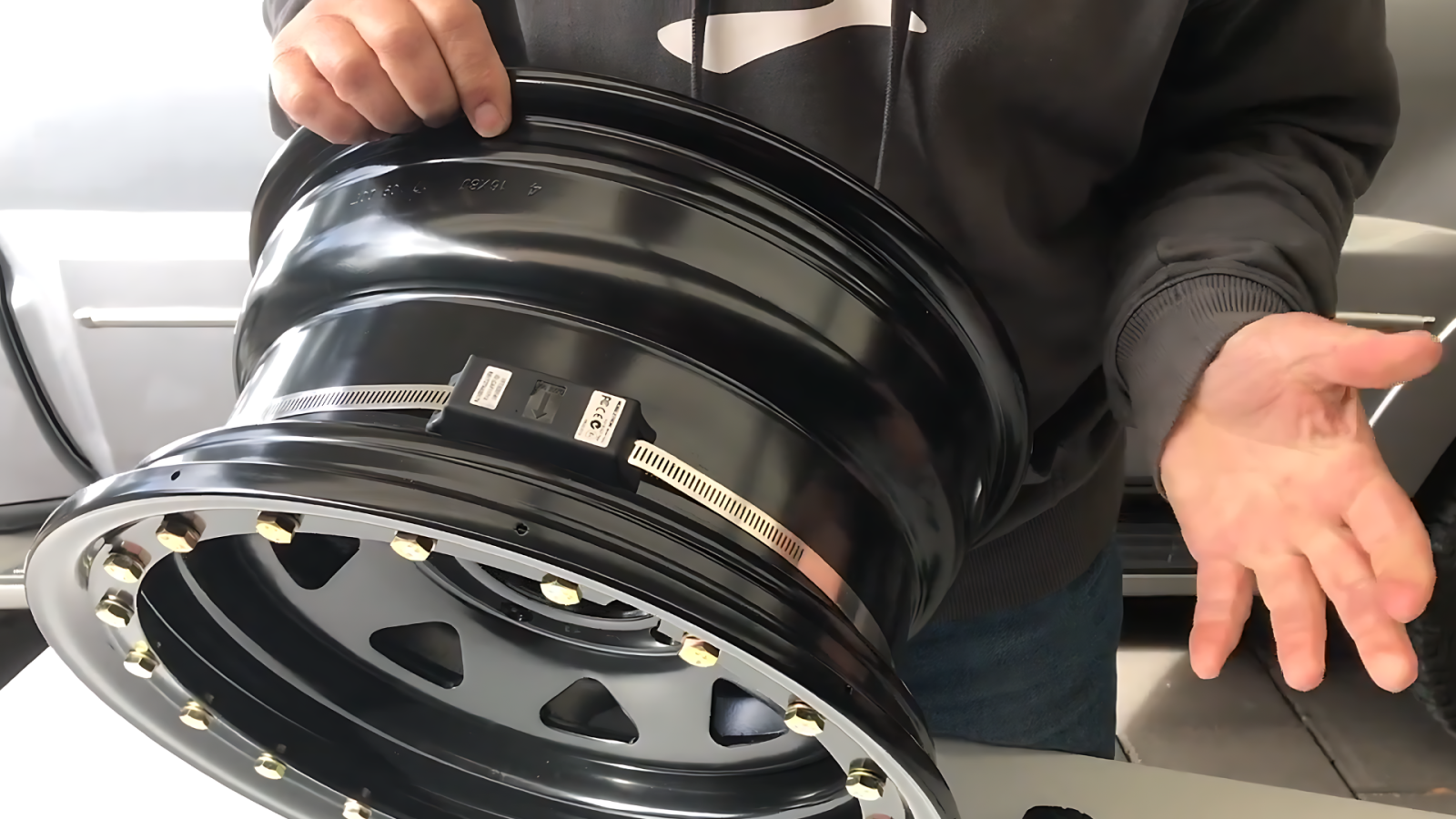The Importance of Tyre Pressure Monitoring Systems (TPMS) for Your Vehicle
Author: SensaTyre Date Posted:28 June 2024
Ensure Your Safety on the Road with TPMS
Your vehicle's tires are its foundation, and maintaining optimal tire pressure is crucial for safety and performance. Imagine driving down the road, confident that your tires are in perfect condition, all thanks to a smart device monitoring them in real-time. Enter the Tyre Pressure Monitoring System (TPMS) – a game-changer for modern drivers.
Understanding the TPMS Display
In our office, we’re looking at the TPMS display unit, which is currently set to PSI. It shows us the tire pressures for our vehicle, our trailer, and a couple of spare tires. We can switch between pressure and temperature by just pressing a button. This is handy information that allows us to monitor and make changes as needed.

Simulating a Flat Tire
Let’s simulate a tyre going flat on one of our trailers. We’ve set the threshold for the alarm to activate below 30 PSI. As the pressure drops, the alarm activates, and the lights flash, indicating which tyre is losing air. This alerts us to stop, pull over, and check the tyre.
Setting Up the TPMS Sensors
Now, let’s look at the transmitters installed on the rims. Here’s the sensor unit that gets attached to the rim. Each sensor is coded separately, indicating its position on the vehicle. The installation is simple with basic hand tools, using a strap to secure the sensor.

The Benefits of Using a TPMS
Whether you opt for a TPMS with internal sensors like the one shown here or an external sensor that screws onto the valve, fitting a TPMS to your vehicle and trailer provides crucial information about your tyres' performance while driving. This system ensures you have the data you need to maintain optimal tyre health and safety on the road.
Key Features of a TPMS:
- Real-time Monitoring: Provides up-to-date information on tyre pressure and temperature.
- Alerts and Alarms: Notifies you of any issues, such as a drop in tyre pressure.
- Ease of Installation: Can be fitted with basic hand tools.
- Internal and External Options: Choose between sensors mounted inside the tyre or externally on the valve stem.
Benefits of Using a TPMS:
- Enhanced Safety: Prevents accidents caused by under-inflated tires.
- Fuel Efficiency: Properly inflated tyres reduce fuel consumption.
- Tire Longevity: Maintains optimal tire condition, extending their lifespan.

Investing in a TPMS for your vehicle is a smart move for any driver. It provides peace of mind knowing that you have constant oversight of your tyre conditions, ensuring a safer and more efficient driving experience.
For more information on TPMS and how to install one on your vehicle, watch the video above and stay tuned for more tips on maintaining your vehicle's health and performance.














